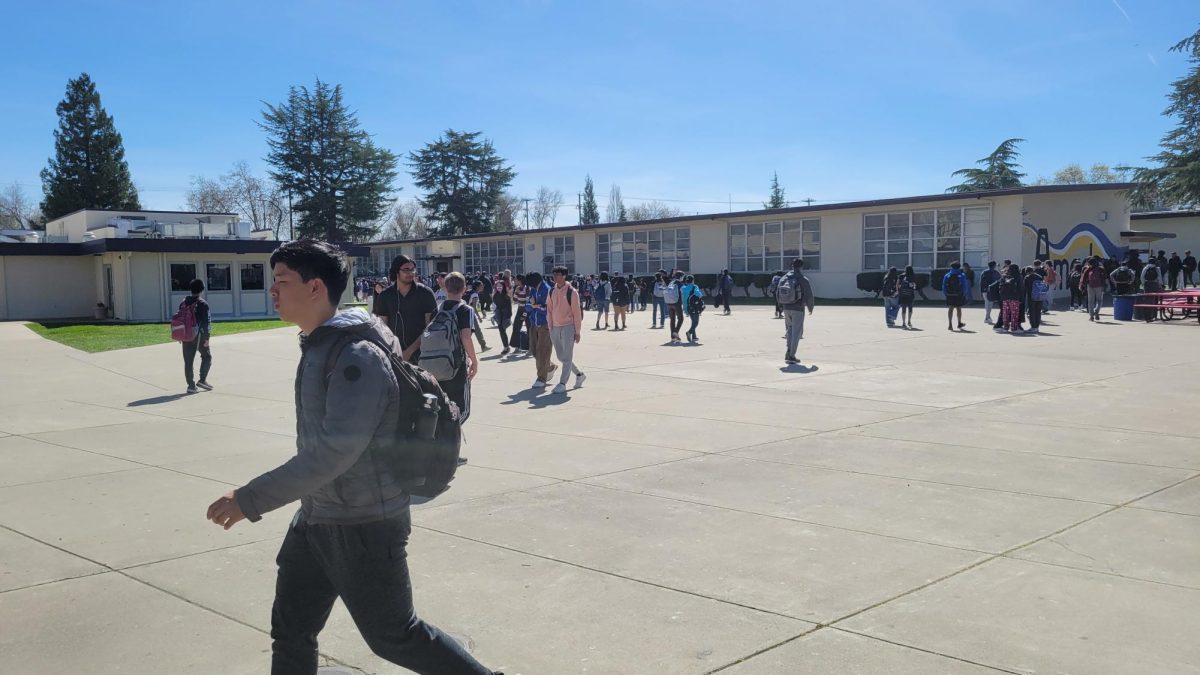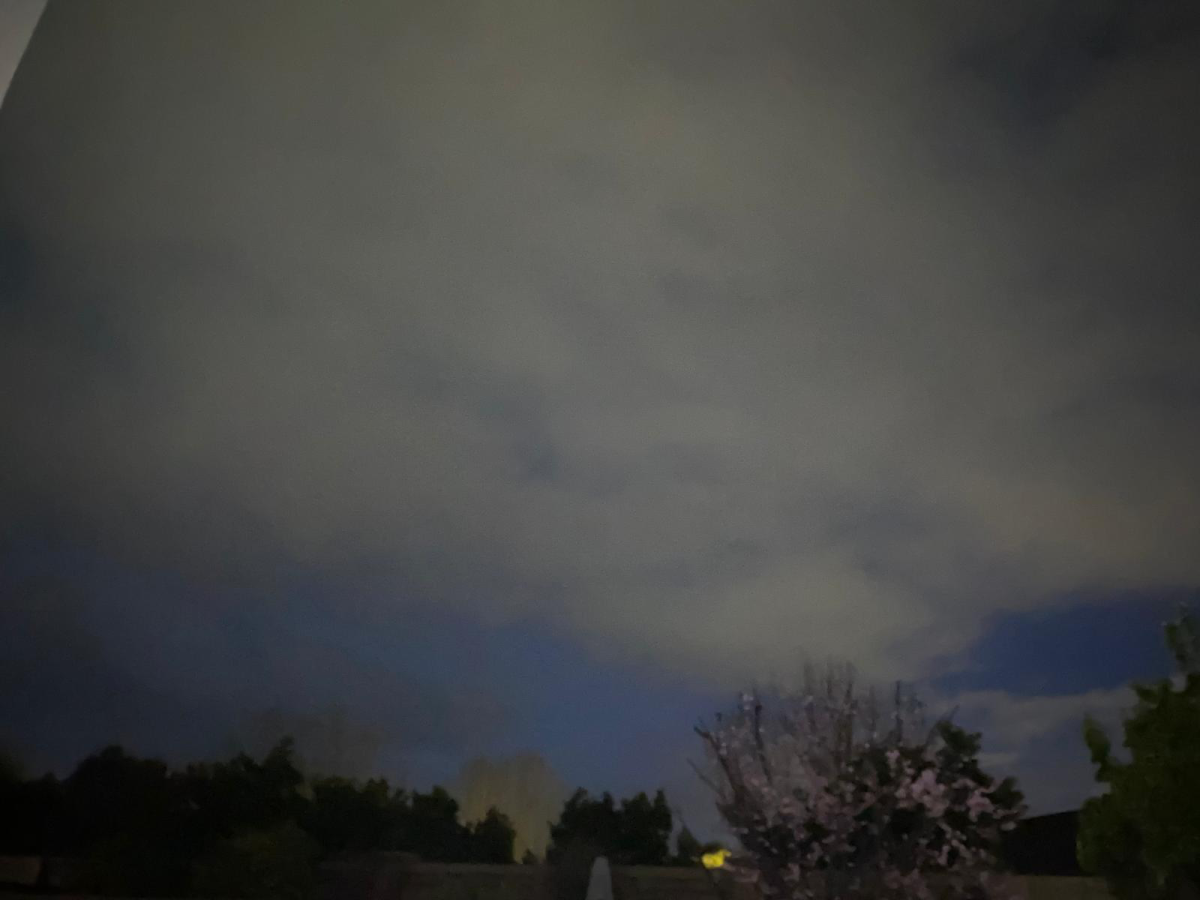On Feb 28, PUSD notified families that they had received a non-credible bomb threat. They reassured students that student and staff safety was the top priority.
Response to threat
Nationwide, schools have been receiving similar threats, and it is becoming a common occurrence on the news as it becomes a more significant problem, especially with the trend of swatting calls.
“It was a general statement that stated a group planted bombs in various areas of the school, and the email went out to a few hundred people from different schools throughout the state and nation. It was a very general statement with no specific buildings or a specific school,” said school resource officer Rick Trovao.
As soon as they were received, the administrators and staff immediately forwarded it to the police department for an immediate investigation.
“We responded within minutes of becoming aware of it [and] have a very close relationship with the Pleasanton Police Department. We take all potential threats seriously, and our first step is always to verify and ensure that there is no immediate threat to student safety,” said PUSD Director of Communications Patrick Gannon.
Threats are determined if they have specific detailed information that isn’t vague and comes from a source that might have credibility, but it is still important not to overlook anything and take it seriously.
“The wording didn’t specifically state that we put a bomb in a certain building or whatnot. In PUSD, all the schools, with the exception of one, have surveillance cameras, so we can always go back and review the cameras to see if anyone came on campus on the night or before school and see if they have placed anything on campus,” said Trovao.
External communication
The Northern California Regional Intelligence Center (NCRIC) was pulled into this matter to verify its credibility. Having seen the same threat from multiple sources across the Bay Area, they have determined it non-credible.
“NCRIC is basically like the communication hub, whether it’s Hayward, Oakland, or Sacramento when we have things that are suspicious. However, we cannot pinpoint where the source is; we can turn to them for communication and intelligence. We receive notices from other agencies through NCRIC about alerts and things to look out for to have a heightened sense for,” said Trovao.
With the advent of social media and the sense of anonymity it may provide, many threats are being made using these platforms across the country.
“Social media is a really good source for us to obtain suspect information because everything goes back to a server, an IP address, even the ghost IP addresses. There is always a trail that leads back to the location where the email or social media post originated, and we do have a partnership with Meta and other social media organizations that will help law enforcement,” said Trovao.
Communication with PUSD families
Schools are equipped with resource officers who work with schools to ensure and focus on the safety and security of students.
“We always consult with the Pleasanton Police Department to check if there are any precautionary measures needed. And we quickly became aware of districts outside of Pleasanton that received identical messages. Because of that and the speed at which the PPD responded. We are prepared to take action, but in this case, it was deemed no precautionary action is needed,” said Gannon.
The email assured PUSD families that they determined that the schools were safe for students to continue attending. It also stated investigations of safety are of “paramount importance.”
“I was honestly a little bit surprised at the email as things of this scale have been happening across America. I thought the PPD and the school were capable of mitigating the issue, so I wasn’t really worried,” said Dhanvanth Rajesh (‘25).











